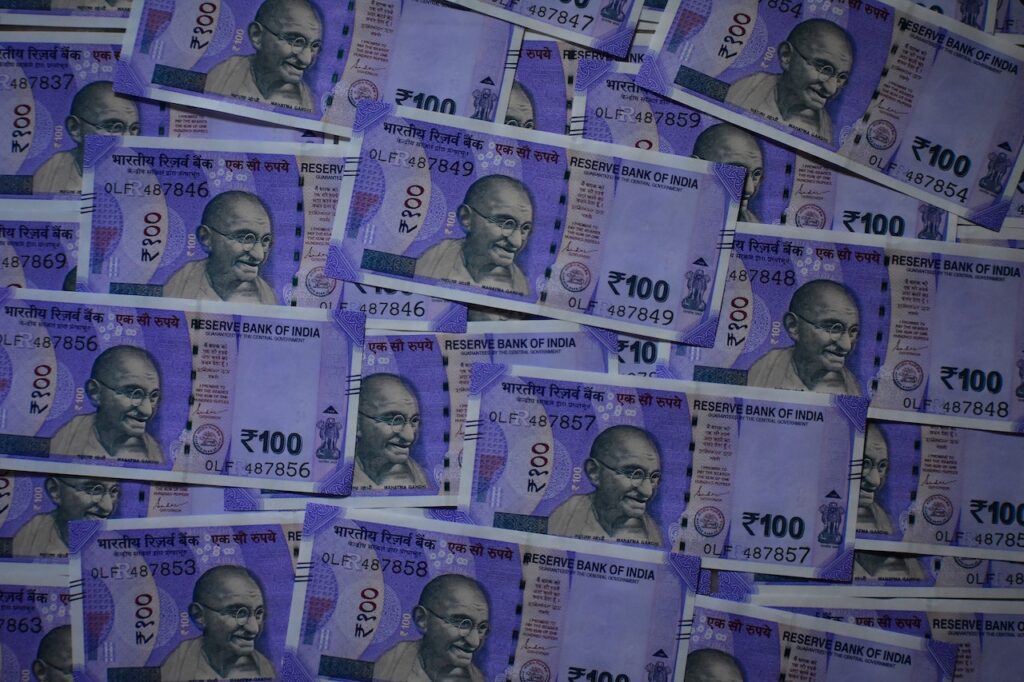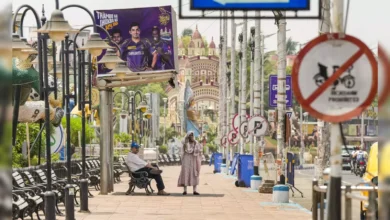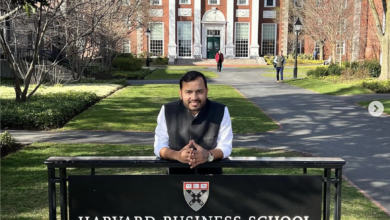As Supreme Court deliberates the issue of “freebies” versus “welfarism,” RBI raises a red flag
The RBI report reveals that the share of subsidies in the total revenue expenditure of states has increased from 7.8 per cent in 2019-20 to 8.2 per cent in 2021-22 and states like Punjab and Chhattisgarh are on top as they spend 10 per cent of their revenue expenditure on subsidies.

According to a report, Rajasthan, Madhya Pradesh, Telangana and Chattisgarh gear up assembly polls, it is very much the season of dishing out revdi – not the popular winter snack, but that which warms Revdi, as freebies are colloquially called, is a common phenomenon during election time that takes centre stage. And with it comes the expected debate between the ruling and the opposition parties regarding freebies v/s welfare measures. This line clearly divides into two groups: those supporting freebies and those vehemently criticising them.
A BJP leader named Ashwini Kumar Upadhyay filed a petition with the Supreme Court on January 22, 2022, before the upcoming assembly election in Uttar Pradesh, when parties were competing with lofty promises of free electricity, water, and other necessities. The debate (and concern) had grown so intense at this point.
He contended and argued that recognising parties promising freebies to woo voters before the polls must be stopped as if it is an offence to distribute money before the polls. It is also an offence to do that after winning.
Prime Minister Narendra Modi later said that parties promote the ‘Revdi’ culture and are a hindrance to the nation’s economic development. This was purposely targeting the Aam Aadmi Party (AAP), Congress, Telangana Rashtra Samithi (TRS), YSR Congress and DMK.
AAP in a quick response said that providing quality service free of cost is no ‘revdi’.
The Congress maintained that waiving off the loans of big corporate houses amounts to ‘revdi’. The TRS remarked that the Prime Minister has denigrated free welfare schemes that benefit the poor.
However, the Supreme Court held that “We cannot prevent political parties from making promises. The question is what constitutes the right promises. Can we describe the promise of free education as a freebie? Can free drinking water, minimum essential units of power, etc. be described as freebies? Can consumer products and free electronics, be described as welfare?”
Difference between freebies and welfare schemes
Representative of AAP the senior advocate Manu Singhvi, said that there is a difference between freebies and welfare schemes. Solicitor General Tushar Mehta, who represented the Union government, said that social welfare does not mean distributing everything for free. Eventually, the Supreme Court referred the matter to a three-judge bench.
According to the report previously in 2013, the Supreme Court gave a landmark judgement regarding declarations and promises in the ‘Subramanian Balaji vs Tamil Nadu’ case, whereby the petitioner in 2006, had legally challenged the promise of distributing free colour TV sets by the DMK after winning the Tamil Nadu assembly elections. Back then, the apex court had held that promises made in the election manifesto cannot be called “corrupt”.
It’s critical to make a distinction between a freebie and a welfare program as the legal dispute rages, especially in light of the implications for the economy.
A report by RBI
A report released by the RBI titled ‘State Finance: A Risk Analysis’ in June 2022, stated that the slowdown in state revenues and increasing subsidy burden have added to the state government’s debt. The RBI also considered non-merit freebies as one of the reasons.

Former Union Finance Minister P. Chidambaram is on record stating this in his tenure as Finance Minister, He published a report on subsidies that distinguished between merit and non-merit subsidies. He explained that a merit subsidy has several indirect benefits.
The RBI report reveals that the share of subsidies in the total revenue expenditure of states has increased from 7.8 per cent in 2019-20 to 8.2 per cent in 2021-22 and states like Punjab and Chhattisgarh are on top as they spend 10 per cent of their revenue expenditure on subsidies.
The analysis also reveals that the states with the highest debt-to-GSDP ratios are Punjab, Rajasthan, Kerala, West Bengal, Bihar, Andhra Pradesh, Jharkhand, Madhya Pradesh, Uttar Pradesh, and Haryana. The RBI said that the “financial health of these states should be carefully assessed as they have a greater focus on social welfare,”
P. Chidambaram agreed that “Fiscal health is important, but as long as a state can borrow (which, by the way, is approved by the Central government) and the capacity to service the debt, we should not worry too much about the expenditure on health, education, and other welfare measures.”
It is widely believed that the responsibility for increasing debt on the states lies with the Centre because when the state borrows, it seeks permission from the Centre and the RBI. It then follows that when the debt was mounting on the states, why did the Union government not heed it in time?
Further, freebies may be too stark an incentive to draw votes but populist schemes, which too are very often resorted to by the ruling parties, are not intended otherwise. Subsidy bills on food, petrol fertilizers, etc by the Central government to boost GDP is an example.
Here the difference may be observed that given the vast difference between the scales of operations, it is called a ‘populist scheme’ especially when the Centre does it, and ‘freebies’ when the state does it.
A timely reminder: Most Southeast Asian countries were comparable to India in terms of development at the time of Independence, but by the middle of the 1960s, several had exceeded India because they placed a much greater emphasis on health and education than India did.
Please, also have a look into : Cauvery Water Dispute: Supreme Court faces backlash for refusal to interfere



